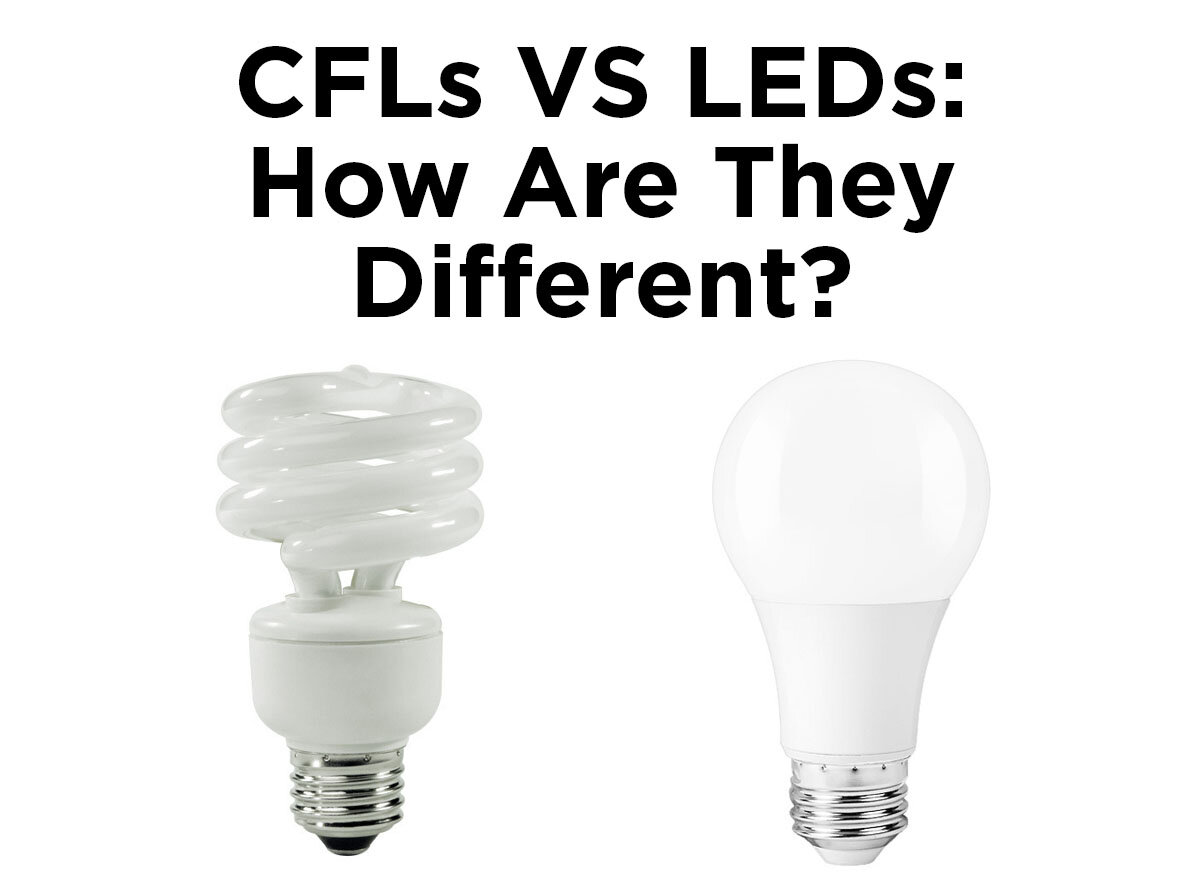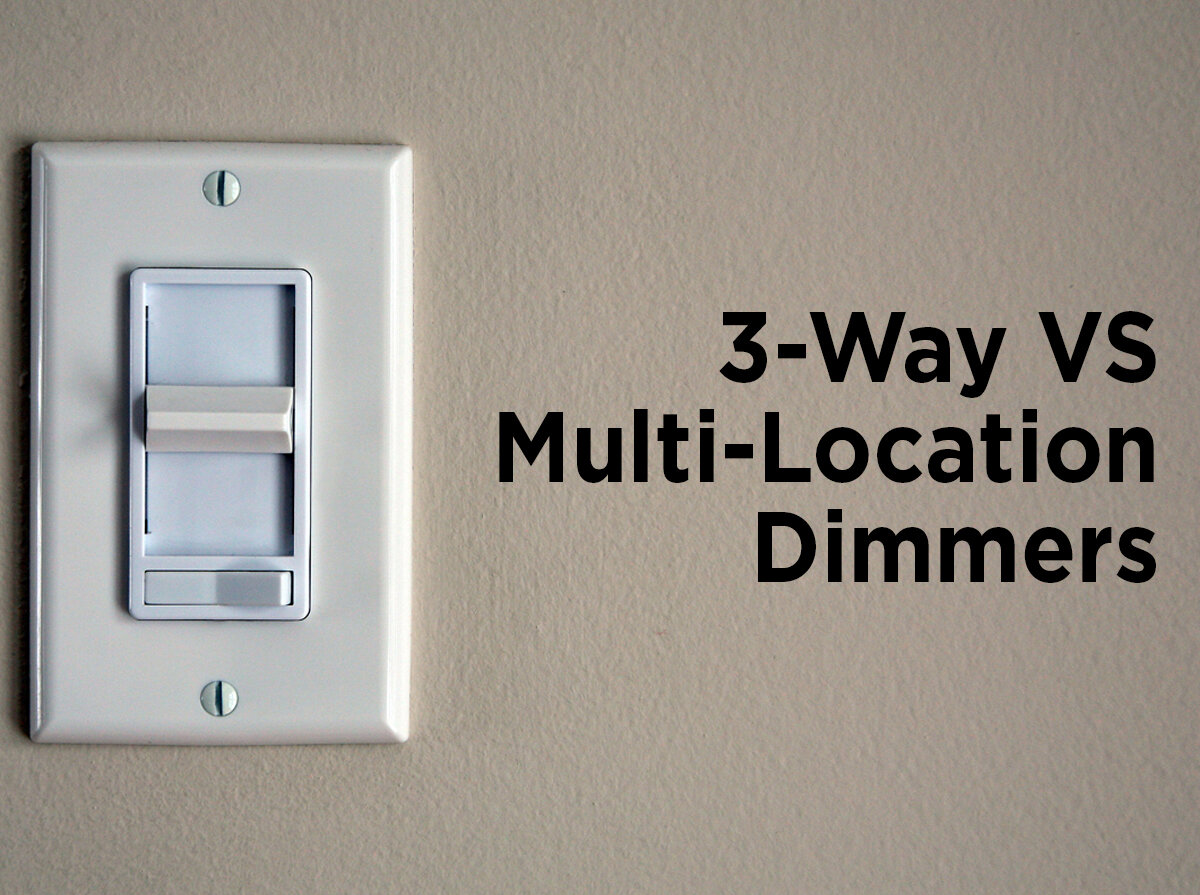How to Choose a Dimmer: Four Factors to Consider
In past blog entries, we’ve suggested using dimmers to provide mood lighting and save energy, but a lot more goes into choosing a dimmer than you think. Have you ever installed a dimmer only to find that it shortens the life of your bulbs or doesn’t work at all? Chances are you’ve chosen the wrong dimmer for the light sources you’re using or the type of wiring you have in your home. As nice as it would be to be able to install one dimmer with any lighting system and have it work perfectly, that’s just not the case. There are many types of dimmers, all designed to be compatible with certain light sources and lighting systems. When choosing a dimmer for your lights, here are the important factors you need to consider.
Dimmer Type
How many switches control your light fixture? That’s the first question you’ll need to ask yourself when choosing a dimmer. Here are the four basic types for your lights that you can choose from:
Single-Pole Dimmer – The single-pole dimmer is designed for light fixtures that are controlled by only one dimmer in your home. In other words, this dimmer is the only switch used to turn your lights on and off, as well as to dim.
Three-way or Four-way Dimmer – These dimmers are for light fixtures that are controlled by only one dimmer plus one or more on and off switches in other places in your home.
Multi-location Dimmer – If your light fixture uses multiple companion dimmers, you will need a multi-location dimmer. Using multiple dimmers allows full dimming control from more than one location.
Plug-In Dimmer – Plug-in dimmers are used to dim the bulb in your table and floor lamps. Many of these lamp dimmers are compatible with incandescent, CFL, and LED bulbs.
Bulb Type
Incandescent/Halogen – If you are using standard incandescent or halogen lighting in your home, standard incandescent dimmers are what you’ll need to reduce the brightness. These dimmers work in a very interesting way. Many people might think that dimming involves reducing the electrical current, but actually, dimmers rapidly turn the bulb’s circuit on and off at rates much faster than we can see (typically over 100 times per second).
Compact Fluorescent and LED – In order to dim energy-efficient lights, you should first make sure that the lights themselves are capable of dimming. Because technology is advancing, dimmable LED and CFL technology is becoming much more reliable. Once you’ve got your dimmable bulbs, then you can focus on making sure your dimmer is compatible. If you were to try to use an incandescent dimmer with an LED or CFL, it would only cause your lights to not dim correctly or malfunction completely.
Magnetic Low-Voltage (MLV) – Low-voltage lighting systems require the use of a transformer to regulate the line voltage. If a transformer used within a lighting system is magnetic, you will need a magnetic dimmer. Magnetic dimmers are inductive and use symmetric forward phase-control in order to dim.
Electronic Low-voltage (ELV) – Electronic transformers in low-voltage lighting systems require a compatible electronic dimmer. Electronic dimmers are capacitive and use reverse phase-control for dimming.
Wattage
Leviton IllumaTech Dimmer
Once you know what kind of light source you're using, you have to be sure the wattage of your bulbs is compatible with your dimmer. That said, you also must take into consideration how many bulbs you are using on one dimmer. Some people assume that just because LEDs consume less wattage, the same incandescent dimmer can be operated with more LED bulb that consume a fraction of the wattage of an incandescent. Due to something called inrush current, or the maximum, instantaneous input current drawn by an electrical device when first turned on, using more LEDs than you would incandescents on a dimmer will only render the dimmer ineffective.
For example, if dimmer can handle 300 Watts of electricity and five 60-Watt bulbs, that does not mean that it will be able to handle 30 or more LEDs at 8.5 Watts. If a dimmer could only handle five incandescent bulbs, only use five LEDs.
Control Style
Once you’ve gotten past all of the technical elements and narrowed down your choices, you can start to focus on the more superficial stuff – like how the dimmer looks. Dimmers come in many different colors and styles, so it’s all a matter of personal preference. The styles of the dimmer switches are varied and come in options as varied as toggles, rotaries, and even touch-sensitive dimmers.
Do you have any questions about finding the right dimmer for your lighting system? Leave us a comment or drop us a line on Facebook, Twitter, LinkedIn, or Pinterest!









